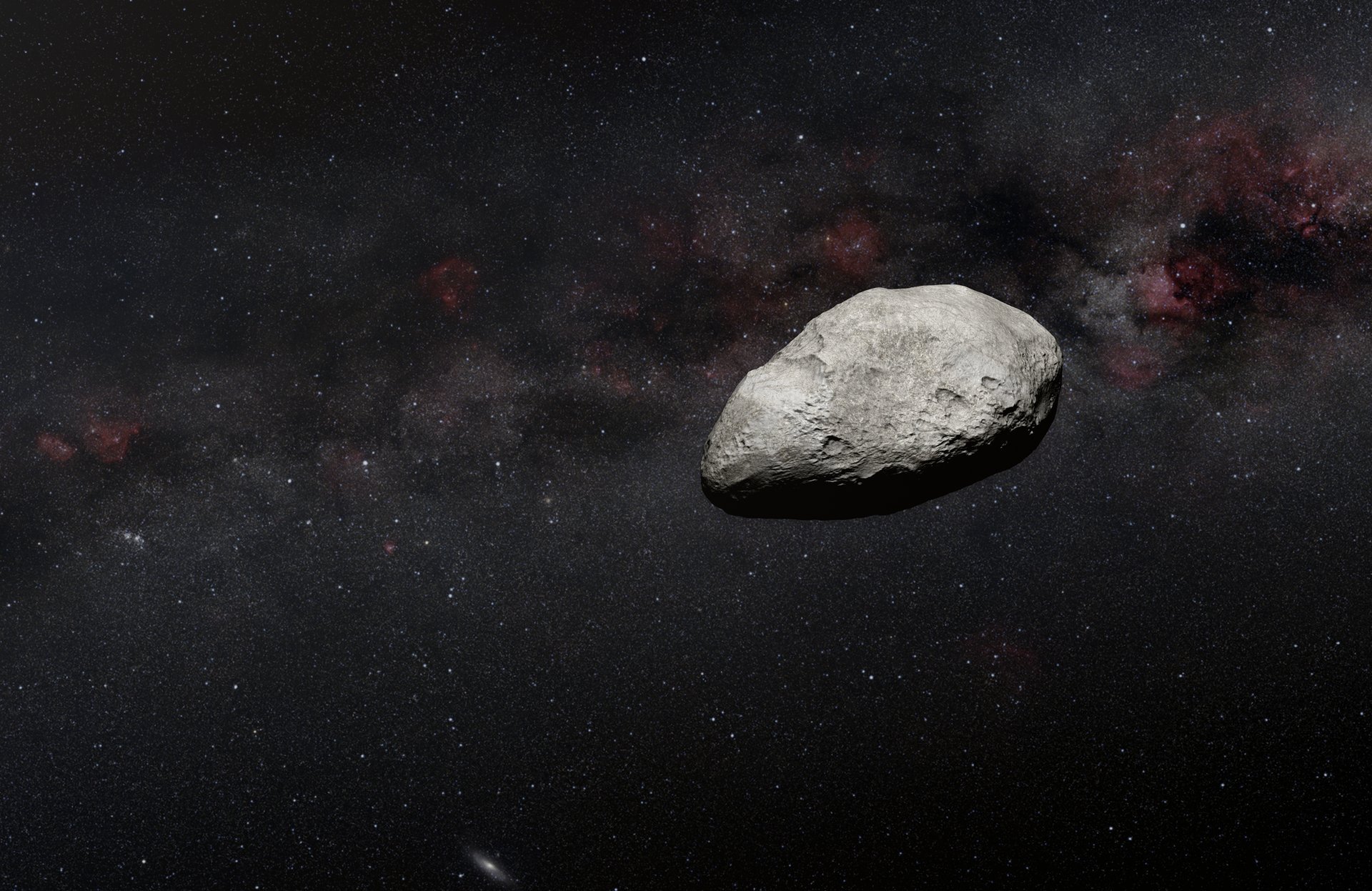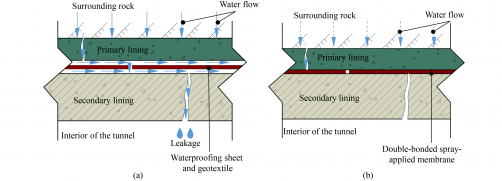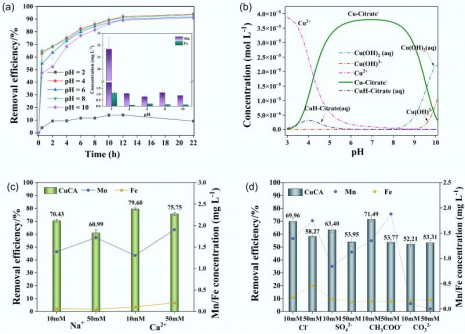Asteroid 2024 YR4 marked a significant moment in Earth’s planetary defense efforts, serving as the first real-life test of an early-warning system for detecting potentially hazardous asteroids. Discovered on December 27, 2024, by the ATLAS survey, the asteroid captured attention in early January 2025 as observations indicated an increasing likelihood of an impact. This situation prompted a thorough analysis by a team led by Maxime Devogèle from the European Space Agency (ESA), detailing the response to this unprecedented scenario in a recently released paper.
The research team meticulously documented the asteroid’s journey from discovery to classification, followed by a scientific response and eventual de-escalation of the threat level. While the early-warning system performed largely as intended, it raised critical discussions about the preparations needed for future asteroid threats.
2024 YR4 was initially classified as a Scale 0 asteroid—indicating no hazard—before moving through various categories of the Torino Scale, which assesses asteroid impact threats. This scale, developed by Dr. Richard Binzel of MIT in 1995 and updated in 1999, categorizes asteroids based on the likelihood and potential damage of an impact.
As the situation evolved, 2024 YR4 reached a classification of Scale 3 on January 27, 2025, with a 3.1% chance of impact by February 18, 2025. This marked the first time an asteroid achieved such a level on the Torino Scale, though it is important to note that the asteroid Apophis previously reached a level 4 due to its larger size.
The emergence of this classification prompted the inaugural notification from the International Asteroid Warning Network, established in 2014 after the Chelyabinsk asteroid explosion in 2013. The network’s alert prompted increased scrutiny from astronomers and policymakers alike, leading to heightened public awareness and interest in 2024 YR4’s trajectory.
As astronomers directed powerful telescopes, including the Catalina Sky Survey and the Gran Telescopio Canarias, toward the asteroid, new insights emerged. The asteroid was found to have a rapid rotation period of just 19.5 minutes, significantly faster than typical rubble pile asteroids, and was classified as either an Sq-type or K-type asteroid, though some discrepancies in observations remain.
Interestingly, as the threat of an impact with Earth diminished, the risk of a collision with the Moon increased, with current estimates suggesting a 4% chance of an impact in 2032. Such an event could have severe implications, potentially creating a debris cloud that could affect satellites orbiting Earth.
While the immediate threat from 2024 YR4 has lessened, the planetary defense community recognizes the need for continued vigilance. The successful handling of this situation demonstrates the effectiveness of the current systems in place, but it also highlights the ongoing challenges faced as humanity prepares for future asteroid threats. The hope is that, when the time comes, the response will be more effective than those portrayed in popular films like Deep Impact and Armageddon.
In conclusion, 2024 YR4 serves as a valuable case study for improving planetary defense strategies. As our understanding of near-Earth objects continues to evolve, the lessons learned from this experience will be crucial for ensuring the safety of Earth and its inhabitants against potential asteroid impacts in the future.







